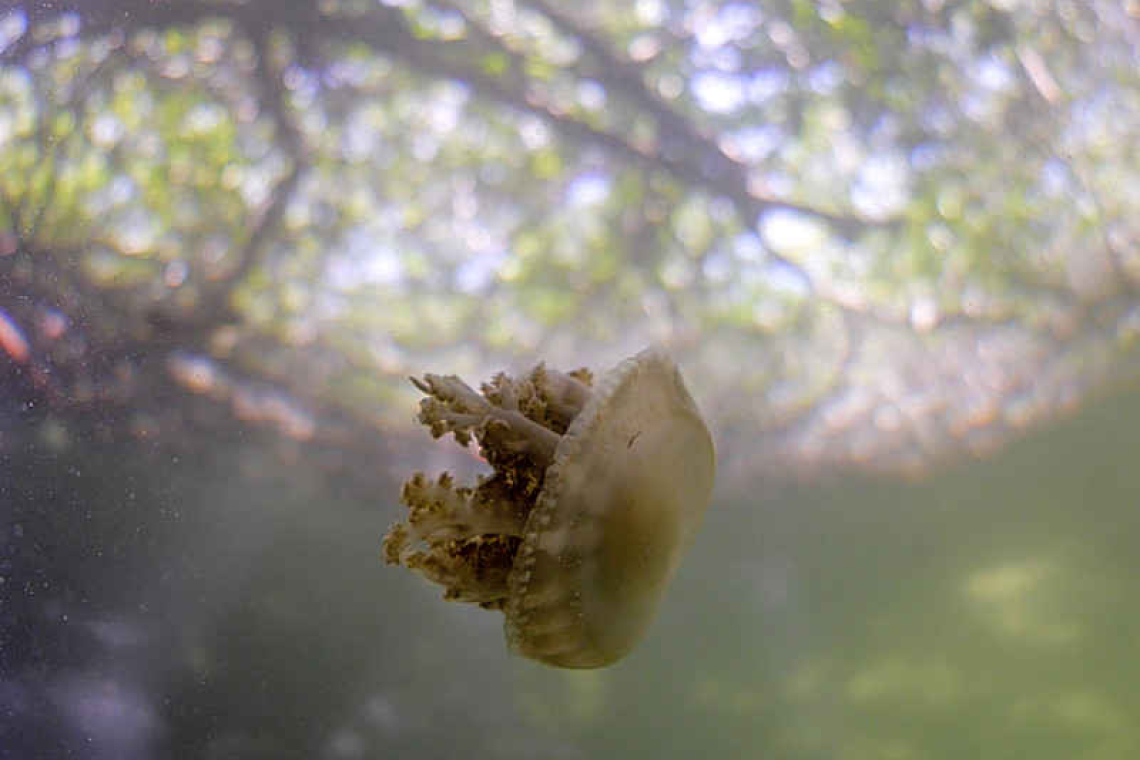By Ignas van Schaick, co-producer for the WOW! nature film
During the filming of our TV series about the Dutch Caribbean, the crew stood in the water at Lac Bay, Bonaire. We filmed the island’s rare healthy mangrove forest. But even here, you can see how fragile it is. Sediment build-up, disrupted water flow, pollution, and climate change are putting these forests under pressure. In the past 10 years, around seven percent of the area has already disappeared. In other parts of the island, the losses are even greater.
Mangroves are essential. They protect the coast from erosion, filter the water, store CO₂, and serve as nurseries for fish, birds, and other species. Yet despite their crucial role, they are disappearing at alarming speed. What we are documenting on Bonaire is, in a sense, a race against time. We are filming a landscape in transition – partly still alive, partly already dying. And that is confronting.
It is precisely in moments like these that I realize why film matters. Images make the unseen visible. They make you feel something that a policy document or report can never fully convey. You see the rhythm of the tides, the interplay between roots and water, and suddenly you understand that this is about us too. Not as outsiders, but as part of the same system.
Over the past 15 years, with films such as “The New Wilderness”, “The Wild City”, and more recently “The Wild North Sea”, I have tried to make that connection tangible. Time and again, I experience how film touches people’s hearts – not because it explains, but because it makes you feel. This statement illustrates an important point we frequently overlook: Nature serves not merely as a background, but as a principal element in our environment. And we, as humans, are not separate from it.
The stories we are now creating on the islands feel more urgent than ever. They are not tourist excursions. The Caribbean is part of the Kingdom, yet it rarely receives the attention it deserves. The same goes for its nature. And yet that very nature, such as the mangroves, plays a key role in preserving biodiversity, safety, climate resilience, and cultural identity.
Fortunately, we are not doing this alone. Together with local nature organizations on all six islands, and in co-production with 360º of Innovation, we are building a series that shows what is at stake, but also what solutions are already being put into practice. We see local strength, knowledge, and commitment everywhere – from mangrove restoration by the Mangrove Maniacs on Bonaire, to education programs on Saba, to sustainable farming on Curaçao.
What strikes me time and again is how stories can move people. A well-told story unlocks something. It ensures that we not only understand what is happening but also feel it. And that is precisely where change begins – because only when something touches you, you’ll find the space to look differently, and to act differently.
I don’t believe film will solve everything, but I do believe that stories can make a difference. They can spark wonder, but also responsibility. And they can be the first step toward change – that someone decides to act: to plant a tree, to protect an area, to explain something to a child.
The situation on Bonaire shows that this change is urgently needed. The good news is that it has already started. Local organizations are active; volunteers are stepping up; scientists are seeking solutions. What we are doing is to tell that story, so that more people can see it, understand it, and possibly be inspired to act.
Mangroves are more than trees in water. They remind us that everything is connected, and that ultimately, protecting nature, is also about protecting ourselves.







